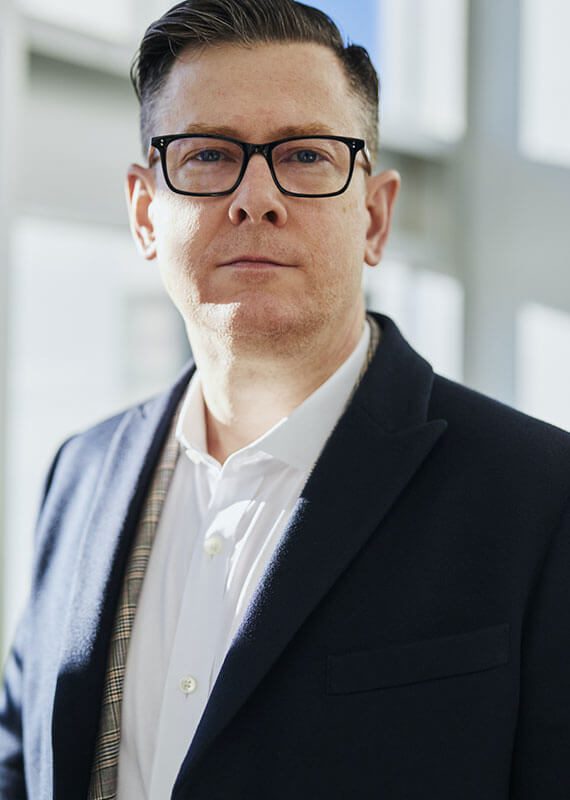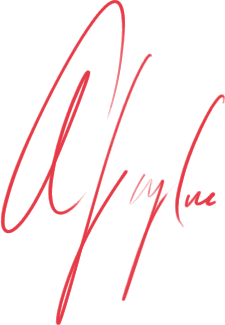About
Our Mission is Clear
Experience Counts
Over twenty years of experience in fall protection product and system development, manufacturing and testing.
Unfortunately, there is not a singular root-cause: There isn’t a single button we can push, or lever we can pull to improve the poor results that we are getting in the current market. In order to understand the scope of the problem, we need to examine both the contributions and the short-comings of each of the stake-holder groups that comprise the “fall protection community.”
The Stake-Holder Approach
Roles played and challenges faced by each of the stake-holder groups in the fall protection community: Providers, Professionals, Employers and Individual Users.
- Providers of fall protection are manufacturers, OEM manufacturers and Value-Added Resellers, and distributors.
• Manufacturers are those entities which typically design, build and market their own proprietary products and systems, typically through wholesale distribution. Most have at least a nominal, if not significant investment in intellectual property.
• OEM manufacturers perform several roles. Predominantly, they act as suppliers, or contractors on behalf of manufacturers and provide common, open-market parts and components and/or manufacture proprietary parts, components and sub-systems on behalf of the manufacturer. In some cases, OEM manufacturers will provide finished products to manufacturers or distributors who play the role of value-added reseller, offering an OEM product or system as part of their brand-assortment. Most OEM providers in the fall protection business operate out of Taiwan, China, India, Mexico as well as several European countries.
• Value-added resellers are can be manufacturers which integrate parts and components from OEM manufacturers into their own products and systems, manufacturers who procure finished product, re-brand it and offer it as part of their line or may be distributors who procure finished products and systems and offer them as a “private label” brand unique to their organization.
• Distributors are wholesalers which procure products direct from manufacturers and sell them through downstream retail outlets or direct to employers and end-user organizations.
- Rule-makers are those engaged in the process of developing enforceable government regulations and/or national or international consensus standards.
• The regulators are, by and large, government employees, supported by technical advisory groups. Their focus is on the development and enforcement of government regulations which bear the force of law.
• Consensus standards are developed by volunteers from a variety of different interest groups, such as employers, manufacturers, unions, technical societies, government agencies, general interest and individual experts, etc. The management of these standards organizations are secretariats, such as the ASSP or ISEA, who facilitate the development of the standards on behalf of bodies such as the American National Standards Institute.
- Employers and professionals is a broad group which includes operators of factories, plants, refineries, warehouses, contractors and any enterprise which obliges its employees and sub-contractors to perform work at height, while exposed to potential fall hazards. Professionals may be safety professionals (CSP’s, ASP’s, CHST’s, etc.), specialized engineers, insurance carriers and litigators who may be directly or indirectly affiliated with employers.
• The roles of these individuals in employer organizations are generally accounted for as program administrators, qualified persons, competent persons, etc. These roles may be filled by operators, safety professionals or third-parties.
• These roles are comprehensively defined in ANSI/ASSP Z359.2 – “Minimum Requirements for a Comprehensive Managed Fall Protection Program.”
- End-Users are the individual persons working at height which may be exposed to fall hazards, and for whom fall protection equipment and systems are designed.

Dan Henn
COO
Proin gravida nibh vel velit auctor aliquet. Aenean sollicitudin, lorem quis bibendum auctor, nisi elit consequat ipsum, nec sagittis.
Proin gravida nibh vel velit auctor aliquet. Aenean sollicitudin, lorem quis bibendum auctor, nisi elit consequat ipsum, nec sagittis sem nibh id elit. Duis sed odio sit amet nibh vulputate cursus a sit amet mauris enim ipsam voluptatem.
Aenean sollicitudin, lorem quis bibendum auctor, nisi elit consequat ipsum nec.


